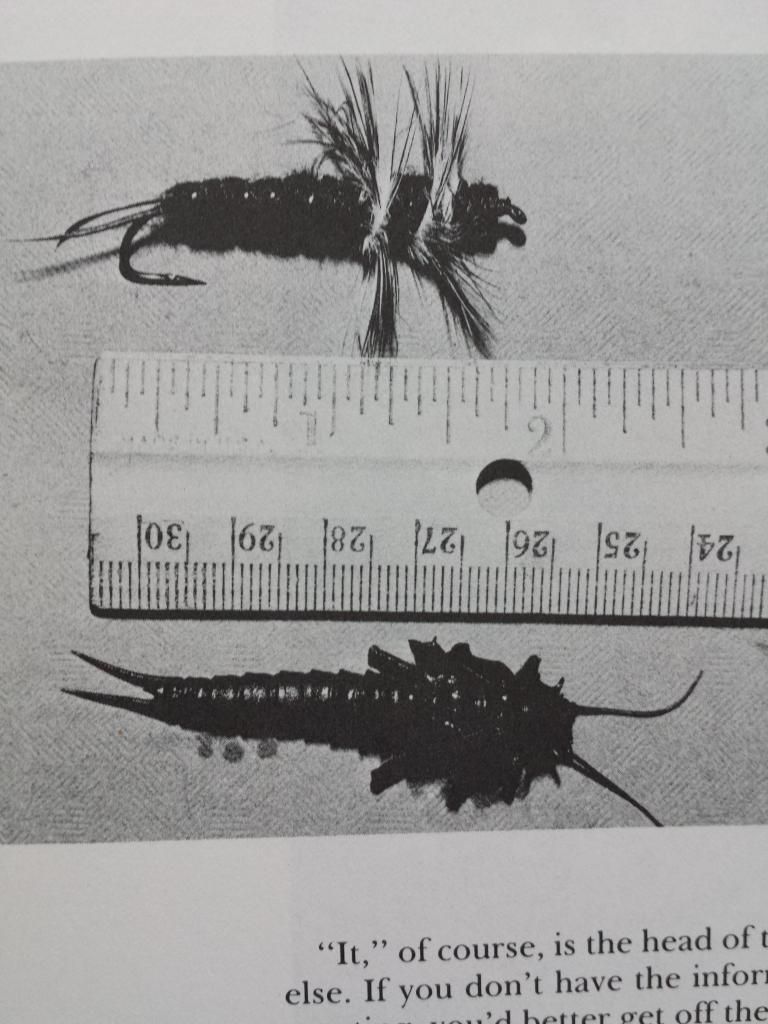
My opinion, and it is not worth much, but, I feel you will see a marked improvement with those tied in the "round". They are very close to looking like a "flymph" and the "flymph" is a "go-to" for me. I will look forward to your comparison report. I really do think you will see more action from the tied in the "round" due to more "movement" of the material in the current which looks like "food" to the fish. Keep us in the loop.....
Warren
Fly fishing and fly tying are two things that I do, and when I am doing them, they are the only 2 things I think about. They clear my mind.



 Reply With Quote
Reply With Quote






